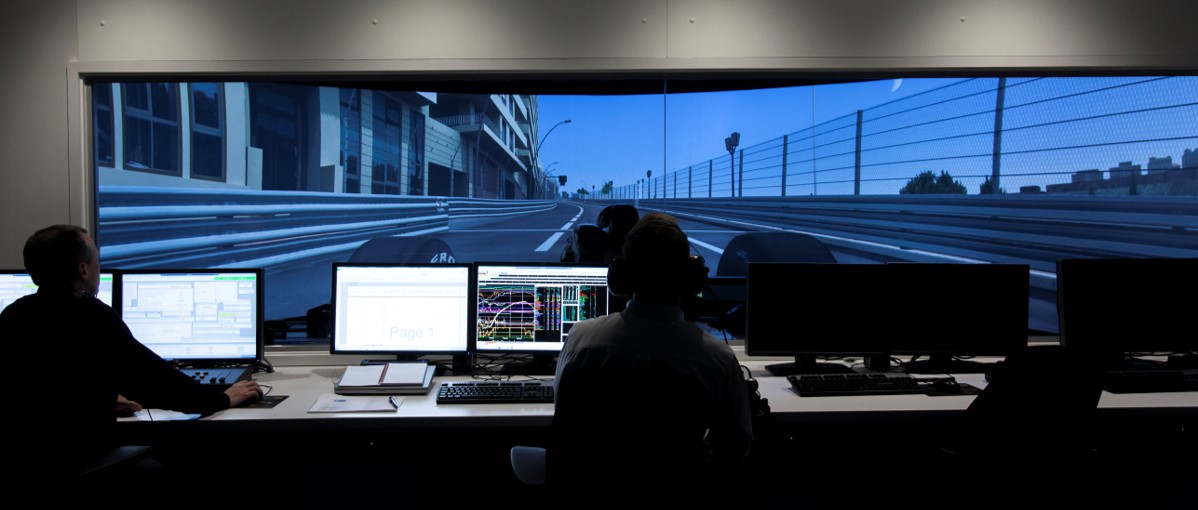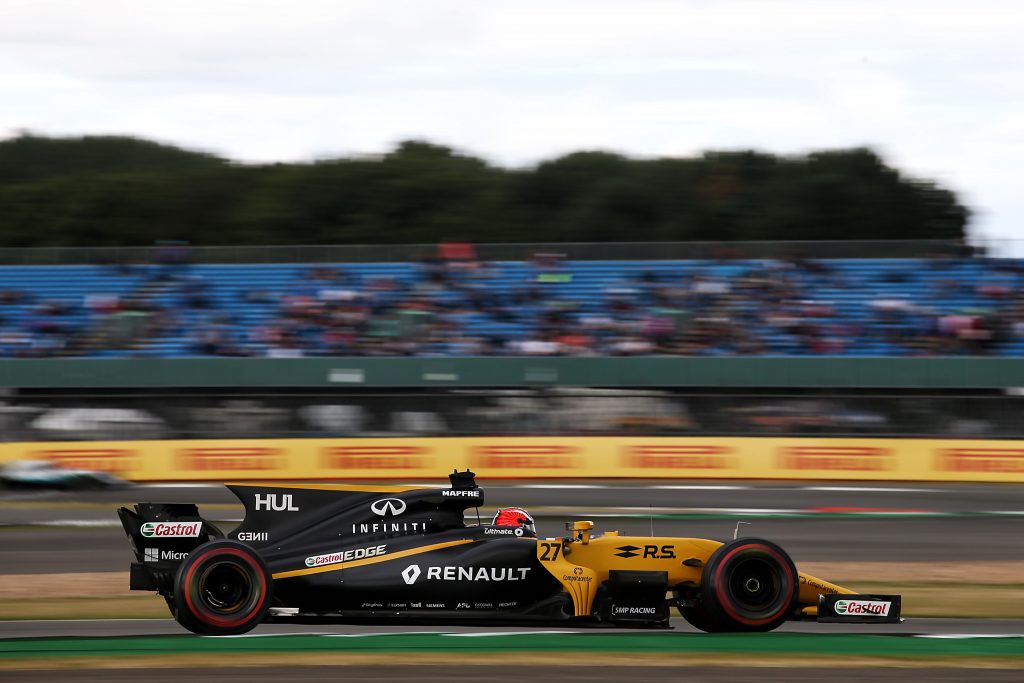
By Pierre d’Imbleval, Chief Information Officer, Renault Sport Formula One Team
This article was first published in Enterprise Innovation.
At the 2016 Formula One Europe Grand Prix in Baku, the world saw the fastest pit-stop ever at 1.92 seconds, attesting that one split second can make a colossal difference in the world of motor racing.
For an industry where every millisecond counts, we need to tap on the power of digital in order to win; both on and off track. And for the Renault Sport Formula One Team, digital transformation is racing ahead at full throttle.
When we talk about technology in Formula One, people naturally think about the engineering technologies that are in place to ensure the car’s performance. However, our investment in technology goes beyond the nuts and bolts of our R.S. 17 chassis, and the R.E. 17 power unit.
In the digital age data is the new oil, data is our most valuable asset
In the digital age where data is the new oil, data is also our most valuable asset in helping our team to break the Constructors’ Team ranking. 2017 is the first year where we have built our R.S. 17 car as one single entity, and our goal is to break into the top three, in three years’ time. Investing in the right technology, and working with the right partner have become important trackside strategies – especially when we need to do more with less.

Making Sense of Race Data with the Power of Cloud
Data is everywhere in the world of Formula One. On a race weekend, our cars generate more than 35 billion data points equivalent to about 30GB of data. Our supercomputer generates 60TB of data per week – that’s enough storage for 25,000 hours’ worth of movies.
With Microsoft Cloud, we are now able to analyze sets of data retrieved from the race cars on the track in real-time in order to maximize race simulations. Insights can be immediately retrieved and further analysed by our engineers in our two factories based in United Kingdom and France, in reduced time.

One other benefit of hosting data in the cloud is the ability to immediately gain insights and offer corrections before the start of the next race. Previously, it was an uphill struggle for our engineers, both on- and off-site, to manually trawl through that much data. With Azure Machine Learning, we are able to understand and optimize our race cars’ performances, such as predicting and creating an accurate tyre degradation model for simulation for every race course. This will allow our drivers to feel as though they are inside a race car on the circuit during simulation sessions. The accuracy of such simulations can save up to one second per lap – which can mean the difference between winning or losing the championship.
Our investment in technology goes beyond the nuts and bolts
To date, we have decommissioned 30 on-premise servers, and replacing them with a Microsoft-supported cloud environment. Our team has seen an efficiency improvement of 20% during the manufacturing process, from design to storage, for selected parts.
Empowering a Global Workforce with Cloud Productivity Tools
Many aren’t aware that it takes more than 1,000 professionals from various functions and offices to design, build and operate the two cars for 20 races every season. The challenge we face, unlike other organizations or industries, is that in addition to having employees working from our technology centre located in the United Kingdom, and Hybrid Power Unit Centre based in France, we also have 90 of us working on-the-go during the race season.
Unfortunately, it is costly and inefficient to make countless international calls, or jump on the next available plane to have a face-to-face meeting with our engineers back home. Working seamlessly and communicating effectively must come as second nature to us, regardless of which continent we are on at the time.
By using Office 365, and particularly Skype for Business, we are now able to connect our departments – from engineering to logistics and operations – and have them collaborate seamlessly. Since then, our team saw a reduction in the travel time between factories by up to 50 percent, and cost savings on the team’s mobile bills by over 30 percent. More importantly, our team is able work in harmony.

With Microsoft Cloud’s business application tools such as Power BI and Dynamics 365, our team has also been able to flag inefficiencies in its manufacturing processes and enable detailed insights on everything from costs and staffing to material orders.
More importantly, any small improvements that we can make to streamline our operations and processes can snowball into huge gains on the tracks. For instance, we could be in Barcelona conducting a test session on Wednesday and we discover something is amiss. We need to quickly inform and send the information back to our U.K. team, have them work on the issue immediately, develop a solution and get that sent back to us on Thursday. Without the use of the cloud and Office 365, this will not be remotely possible.
Artificial Intelligence Will Drive the Next Race Evolution
For the past 60 years, Formula One teams have designed and built many of the world’s fastest and most technologically impressive cars. With emerging technologies such as artificial intelligence (AI) and Internet of Things, who knows what the race car of the future will look like.
In fact, our Team is already working to tap on the power of AI by integrating telemetry data captured by the 200 sensors in the cars to better anticipate issues on and off tracks – including engine and power unit performance in various race conditions. We want to be ahead of the game, and making our data work for us before and during the race is crucial.
The Team is also exploring the use of HoloLens for the maintenance of the race cars and equipment, and for design review between factories to enable a perfect integration of the chassis and power unit.
With emerging technologies … who knows what the race car of the future will look like
As we head towards the tail end of the F1 season, fans will notice that the race cars that we used at the first race in the Australian Grand Prix are significantly different from the ones at the Singapore Grand Prix the past weekend, or at the last race in Abu Dhabi. We will always find new ways to improve our race cars, and we continue to look forward to how digital transformation and emerging technologies will bring us one step closer to the podium.
ALSO READ: Artificial Intelligence and Formula One: Bots on pole position in the race for technology




